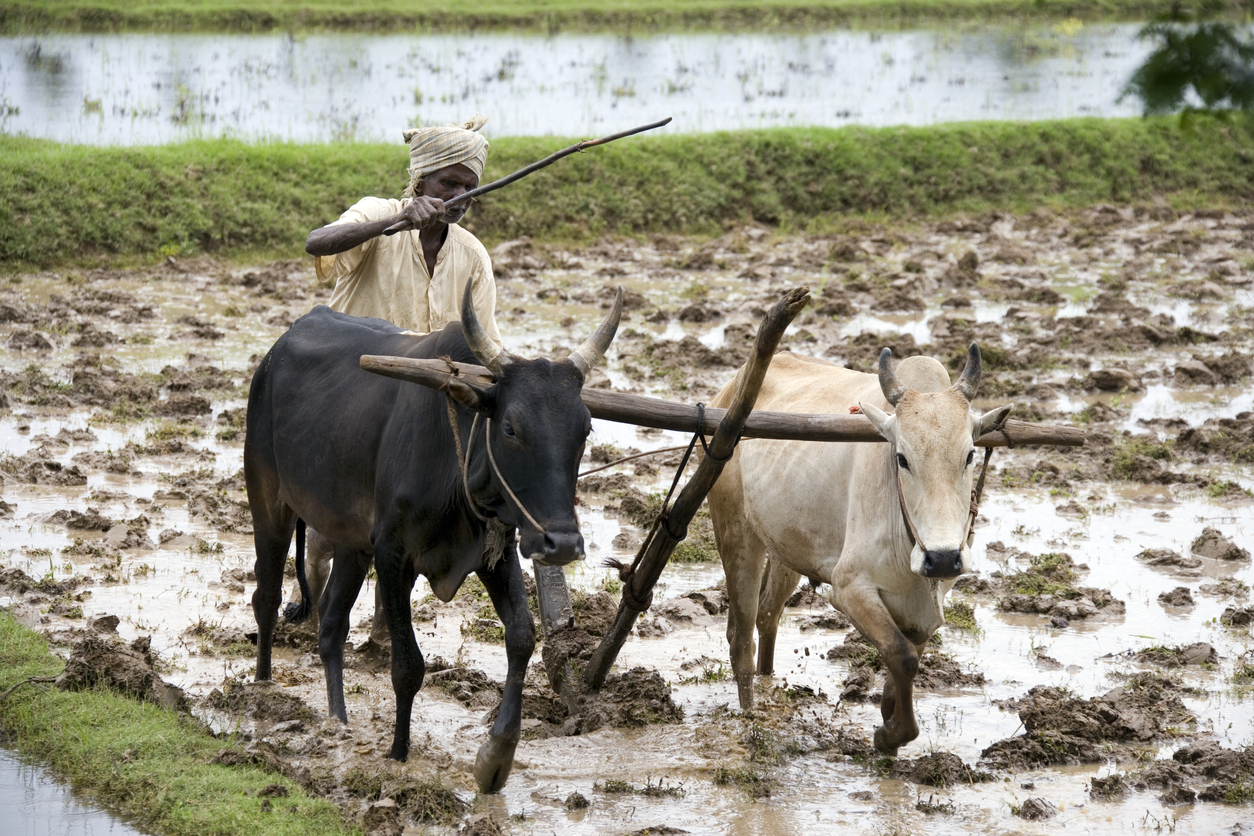
Govt ploughs into action as fertiliser scarcity hits rural economy hard
To address shortage ahead of rabi sowing, Centre sharpens logistics operations, tailors allotment according to crop needs

Reports of despair, fury, looting, stealing, hoarding and black-marketing are pouring in from different part of the country, due to the acute and unprecedented shortage of DAP (di-ammonium phosphate) fertiliser. In this backdrop, the Centre is reported to be taking efforts on a war footing to ensure the fertiliser reaches every part of the country in adequate measures, at the right time.
Such measures are critical as the shortage — both at the national and global level — has come in just ahead of the onset of the rabi sowing season that begins around November. The monsoon this year is considered good, but if a DAP shortage impacts rabi sowing, the economy will take a huge hit.
Also watch: The long history of GM crops in the country
Nationwide DAP stocks as on September 30 were reported at less than 50% of year-ago levels. The fact that global fertiliser prices have surged to 12-year highs is only accentuating the concerns.
Nationwide despair
Farmers protested at Kishangarh, in Rajasthan’s Ajmer district, last week, over the shortage. They demanded to know how they can grow crops without DAP. There was ruckus at a distribution centre as there were too few bags for a serpentine queue of buyers.
Last week again, farmers looted DAP bags from a warehouse in the Chambal division of Madhya Pradesh. Police said three such incidents had been reported in about a week. There are as many reports of empty warehouses, as there are of hoarding by unscrupulous middle men.
Media reports said farmers — particularly the old and the frail — are taking help from the women and school-going children in their families to join the queues for DAP. This could be worrisome since it may affect their own jobs and education, point out women and children welfare experts.
Government on a mission
To rein in the situation, the Centre is taking measures with a missionary zeal. Fertiliser movement is strictly prioritised. Managing the logistics is the Department of Fertilizers (DoF) under the Ministry of Chemicals and Fertilizers. It is working in close coordination with fertiliser manufacturers, state agriculture ministries as well as the Railways.
Earlier, the DoF would dispatch fertiliser and other agri inputs to states on a monthly basis. Now, it has begun to send them separately to each district, with the quantity tailored to the specific sowing needs.
The crops that need the fertilisers are also assessed. Some, such as mustard and potato, are sowed in October, while others, such as wheat, are sowed later. So, the Centre is focusing on quicker allocation to districts sowing mustard and potato, such as Khori and Jhajjar in Haryana.
Root cause
Much of the DAP scarcity is blamed on global factors. Yet, India-specific problems are worsening the situation, say farm experts.
Amid a challenging period for the rural economy, partly triggered by the pandemic, farmers are increasingly opting for more ‘lucrative’ crops. The resultant change in crop pattern is said to have partly led to the rapid depletion of DAP stocks.
Rampant and unchecked black-marketing is seen to have left a vast quantity of stocks in the hands of unscrupulous dealers. State governments are taking steps to rein them in, but the problem is so well entrenched that it is proving a tough task.
Also, due to the economic challenges, numerous farmers have defaulted on loan repayments. This makes them ineligible for fertiliser subsidies, forcing them to purchase from the open market at higher rates.

